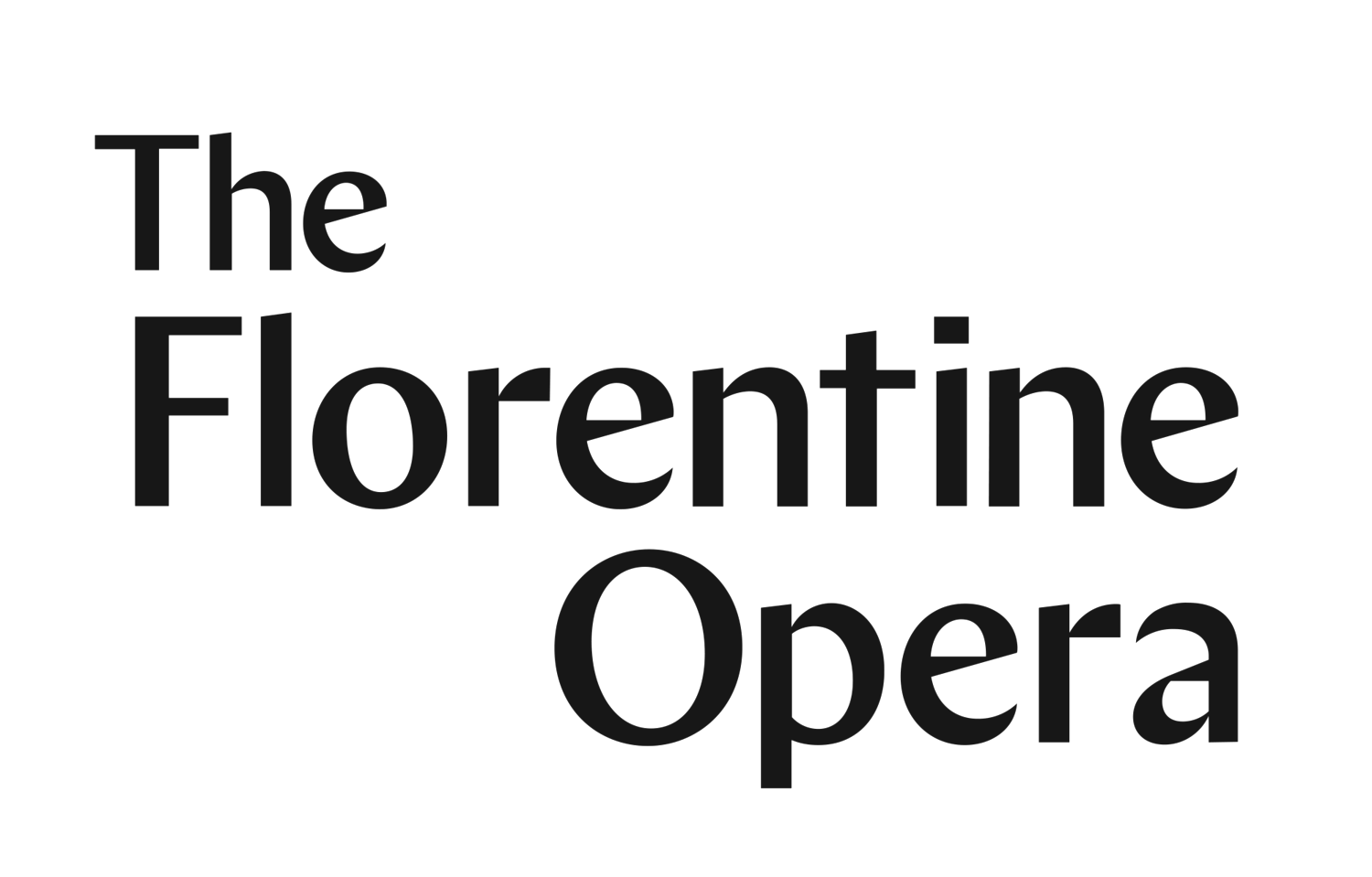Guillaume Tell
Need to Know
Gioachino Rossini operatic career was short, but intensely busy and productive composing 38 operas over 19 years from 1810-1829. Musicologists divide his career into three phases that coincide with the geographic regions he was writing. The first phase, 1810-1815, found the composer in Northern Italy, where he wrote 13 operas, the second phase, 1815-1822, belongs to Naples, and his third phase, 1822-1829, brought the composer to Paris.
At the age of 37, Rossini wrote his last opera, Guillaume Tell. Why the great composer abruptly ended his operatic career remains a mystery, but he lived for another 39 years composing smaller works and helped to inspire and cultivate the next generation of composers, including Bellini and Donizetti.
Guillaume Tell premiered at the Paris Opéra in 1829 and along with Auber’s Muette de Portici and Meyerbeer’s Robert le diable, ushered in a new era of Grand French Opera. Bigger is better in this sub-opera genre including number of people on stage, length of the show, an added ballet, and bigger orchestrations. Rossini’s adaption of Friedrich Schiller’s play Wilhelm Tell lives up to the “Grand” on all levels.
Opera-Inside.com is a great resource to learn more about Rossini’s Guillaume Tell and we most give them credit for finding this gem of a recording on youtube featuring Mary Schneider yodelling parts of this opera’s and other operas’ overtures.
Check out Florentine’s page about Rossini’s Barber of Seville & La Cenerentola
The Rossini Tenor
Rossini’s compositional style for the voice bridges the 17th century with the 19th century. From Rise of the Tenor, “To Rossini, singing should be about the beauty of the sound… the text serving the music, not the other way around.” Rossini would also write for specific vocalists available to him, for Guillaume Tell this tenor would be Adolphe Nourrit. The range and tessitura (range in which most of the notes are played) for the role of Arnold is extremely high and sings no less than 19 high Cs and 2 C sharps.
Wild Wild West
Most listeners today are less familiar with Guillaume Tell the opera, but still hold a special place from their childhood for Rossini’s great Overture. Rossini had a distinct talent at creating memorable tunes in his music and the Guillaume Tell Overture is no acception. Berlioz described it as “a symphony in 4 parts.”
The Overture sets up the entire opera through its four sections: Prelude:Dawn, Storm, Ranz des vaches, and March of the Swiss Soldiers. The later two sections are the most well known and were featured in cartoons of Disney and Looney Tunes, as well as, being the them of The Lone Ranger.
Synopsis
Quick Overview:
During the 14th Century, Guillaume Tell leads the Swiss people in a rebellion against a tyrannical Austrian ruler. Add a few more love twists, power struggles and some bow and arrows, but essentially, that’s the gist.
Short Plot from OperaWire
Full Plot from the Met
Stream the Opera
Guillaume Tell has one of the most recognized overtures in all of opera, but the opera is rarely performed in its entirety. The extreme length, even with cuts, of the opera and difficulties in casting make producing the opera problematic. The original opera was written for 4 Acts, however modern production have cut the work into 3 Acts. Here are a couple recent productions to stream.
Here is a 2010 production from the Accademia Nazionale di Santa Cecilia.
Rent the Met/Dutch National Opera’s 2016 co-production starring Gerald Finley.
Additional Listening
Overture
Arias & Duets
Guillaume Tell’s aria: “Sois immobile” (Act 3)
Mathilde’s arias: “Sombre forêt” (Act II) and “Pour notre amour…” (Act III)
Arnold’s aria: “Asile héréditaire…Amis, amis, secondez ma vengeance”
Arnold and Mathilde’s duet: “Oui, vous l’arrachez à mon âme”
Ballet & Chorus
Chorus: “Hymenée, ta journée fortunée luit pour nous”
Chorus: (Italian version) “Domo, o ciel, da un stranier”
Ballet: "Pas de soldats"
